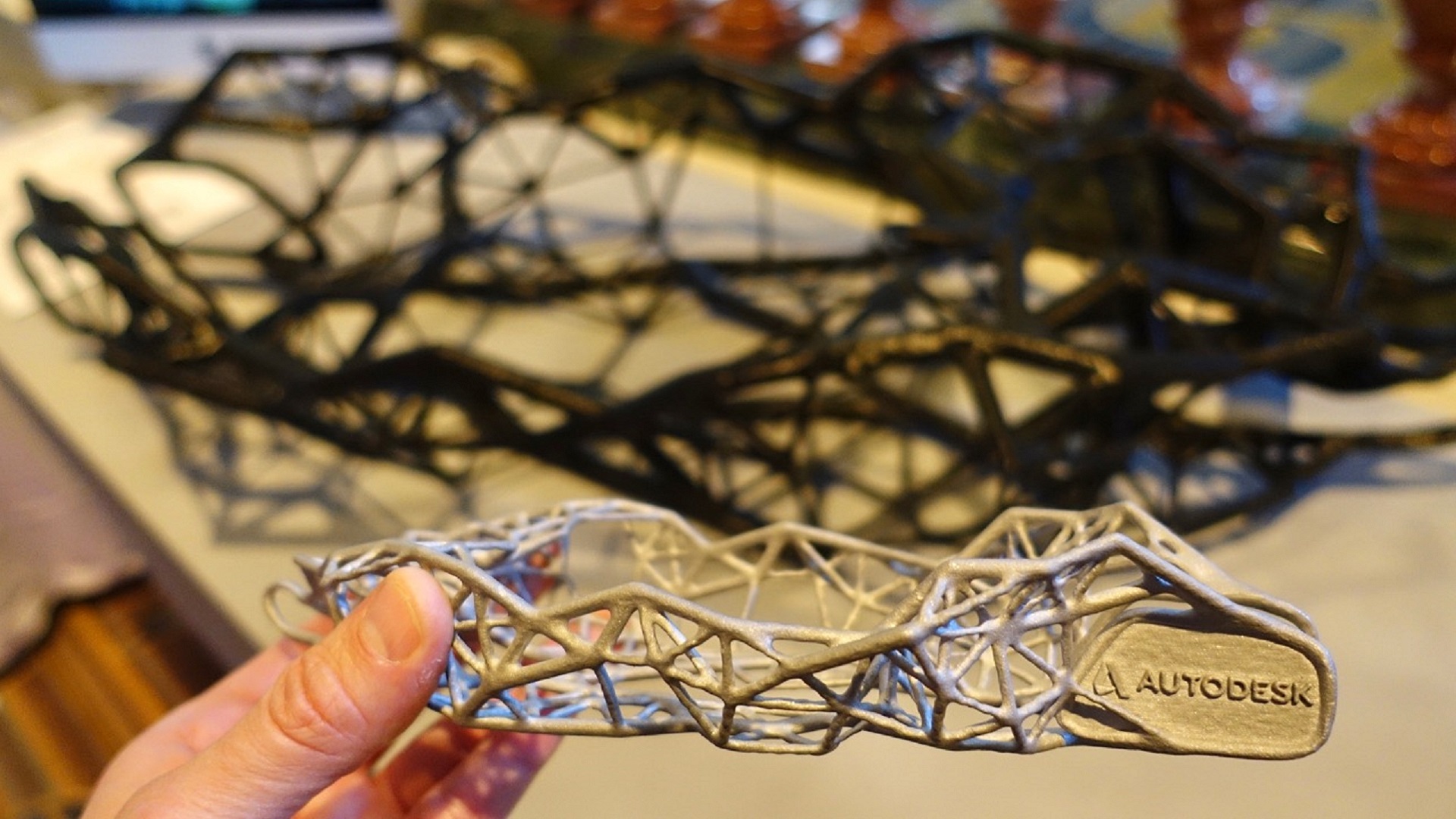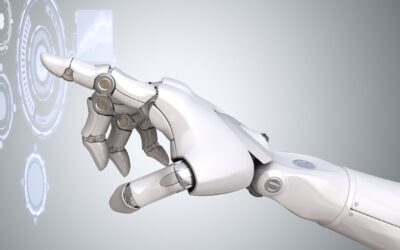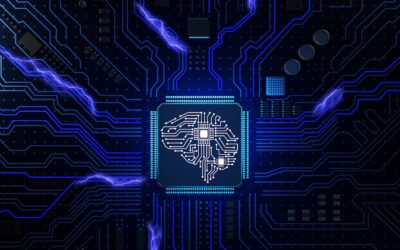The world is quickly changing, and with it, manufacturing processes, product design and the way businesses operate. Generative AI design is one of the newest advancements in this field, combining machine learning algorithms with a variety of emerging technologies to enhance the product design process in ways once never thought possible. In this article, we will discuss generative AI in design, how it works, and what benefits it can offer manufacturers.
Generative AI Design In Manufacturing
Generative design is a form of CAD that employs Artificial Intelligence to render product plans. This advanced technology can generate ideas for products based on the input requirements and preferences of the user, enabling manufacturers to optimize their designs in terms of cost, performance, and sustainability. It can be used to create new products or redesign existing ones.
What Difference Is There Between Generative AI Design and Conventional Methods?
The main difference between generative AI design and conventional methods is the way in which designs are created. While traditional methods involve designing by hand, generative design uses AI algorithms to generate numerous solutions that could fit the user’s brief. The software then narrows down these options based on the criteria that are set, such as cost or performance. This makes it much quicker and more efficient than manual processes.
Where Can Generative AI Design Be Used?
Generative AI design can be used in a variety of manufacturing industries, from automotive to aerospace and even medical equipment. It is particularly useful for designing complex parts and components. With generative design, manufacturers can optimize their designs for weight, strength, or any other criteria that are important to their specific use case. The technology can also be used for creating custom parts or products, as well as for rapid prototyping.
Methods and Technologies Involved In Generative AI Design Manufacturing
Generative AI design in manufacturing involves a range of technologies, from 3D printing and computer-aided design (CAD) software to machine learning algorithms and more. Here’s a breakdown of some of the most noteworthy technologies and methods used in generative AI design manufacturing:
3D Printing
3D printing is an additive process where layers of material are added to build up a product. It is used in generative design to quickly create prototypes of products for testing and as an end-product manufacturing method. Its fast speed enables designers to iterate quickly and refine their designs based on feedback.
Computer-Aided Design (CAD)
CAD is a type of software that helps designers create 3D models of parts and products. It is useful for creating virtual prototypes and performing simulations to test the strength, stability, and durability of a product. This helps manufacturers identify potential areas for improvement when it comes to the real-world performance of their designs.
Many pieces of CAD software offer a range of AI optimization tools that can help reduce the number of iterations and cost associated with developing a product.
Machine Learning Algorithms
Machine learning algorithms can be used to analyze a range of data, from product specifications to customer feedback, to creation and optimization of products. This data can be used to generate models of the product with improved performance or reduced costs when compared to traditional designs. Machine learning algorithms can also be used to automate the design process, allowing designers to rapidly iterate on their ideas and create better products in a shorter amount of time.
How Generative AI Design Can Deliver Higher Quality Products
Generative AI design has the potential to revolutionize the manufacturing industry. By using machine learning algorithms and 3D printing, manufacturers can create products that are more efficient, cost-effective, and sustainable.
Let’s take a closer look at some of the benefits generative AI design can offer:
Cost Efficiency
Generative AI design can help automate certain steps in the manufacturing process, eliminating the need for costly manual labor. This, in turn, reduces the cost and time required to create products. Furthermore, it can help identify areas where designs may be more resource-efficient, leading to reduced materials and energy costs.
Increased Performance
Generative AI design’s ability to optimize product performance based on customer feedback data makes it possible to create designs that are tailored to the needs of specific customers. This can help manufacturers deliver products with superior performance, build customer loyalty, and ultimately increase sales.
Faster Design Cycles
Generative AI design can drastically reduce the amount of time it takes to develop a product. The automated nature of the process means that designers don’t have to manually create prototypes and analyze them — they can simply let the AI do its job. This reduces the number of design iterations needed to reach the desired outcome.
Increased Design Variety
Generative AI design has the capacity to generate a wide range of product designs, each with its own unique set of characteristics. These outputs can be tailored to specific criteria, such as cost or performance, giving designers the ability to come up with the best possible solution for their particular needs.
An Ability to Learn and Improve
AI models are capable of learning over time, making them likely to continue generating high-quality results throughout long-term use. As product requirements evolve, the AI can be trained to quickly adapt and refine its outputs, further enhancing the creation process and the return on investment.
More Sustainable Design Solutions
Generative AI design takes into account a variety of factors when creating products, including recyclability and sustainability. This means manufacturers can create products with the lowest environmental impact possible, reducing their carbon footprint and helping to protect the planet.
Generative design is an exciting development in the world of technology, with the potential to impact how we manufacture products on a broad level. Ongoing evolutions in Industry 4.0 will undoubtedly pave the way for possibilities manufacturers only dreamt of.
Sign up today for a free Essential Membership to Automation Alley to keep your finger on the pulse of digital transformation in Michigan and beyond.
Automation Alley is a World Economic Forum Advanced Manufacturing Hub (AMHUB) for North America and a nonprofit Industry 4.0 knowledge center with a global outlook and a regional focus. We facilitate public-private partnerships by connecting industry, education and government to fuel Michigan's economy.




